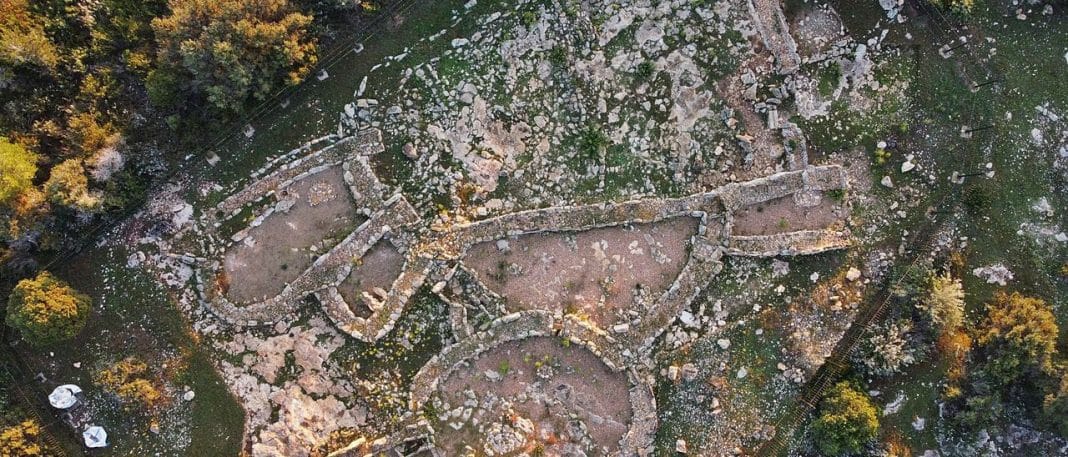Nine years ago a group of archaeologists noticed the potential for research, excavation and documentation of the prehistoric era on Formentera. At the time the archaeological map of the island had located, since the eighties, more than 40 sites from the Bronze Age in the area of es Cap de Barbaria alone.
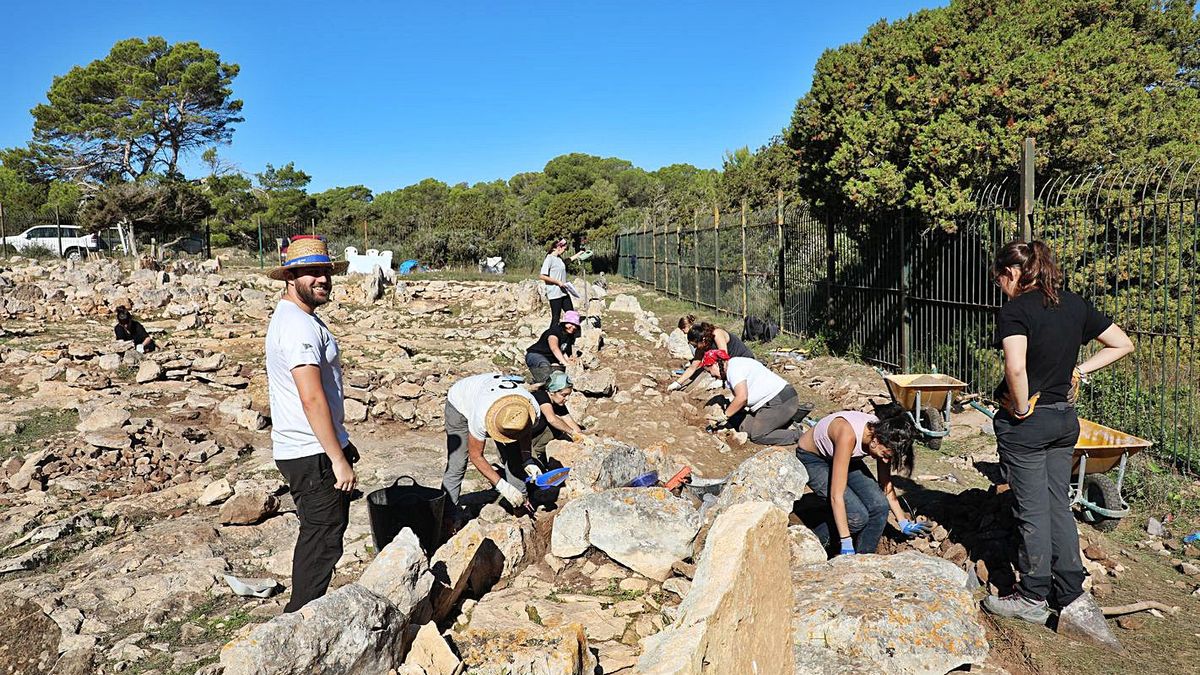
Such a quantity of prehistoric remains (1800-1600 BC) can give an idea of what the island and its inhabitants were like. That is to say, what life was like for the first humans who inhabited Formentera and who arrived by saililng from the mainland. This presence must have been important as it is associated with funeral ceremonies such as the megalithic monument of Ca na Costa (es Pujols), a funerary construction from the same period and, now, the 127 de la Mola cave, which allows us to reconstruct the life cycle of these first settlers.
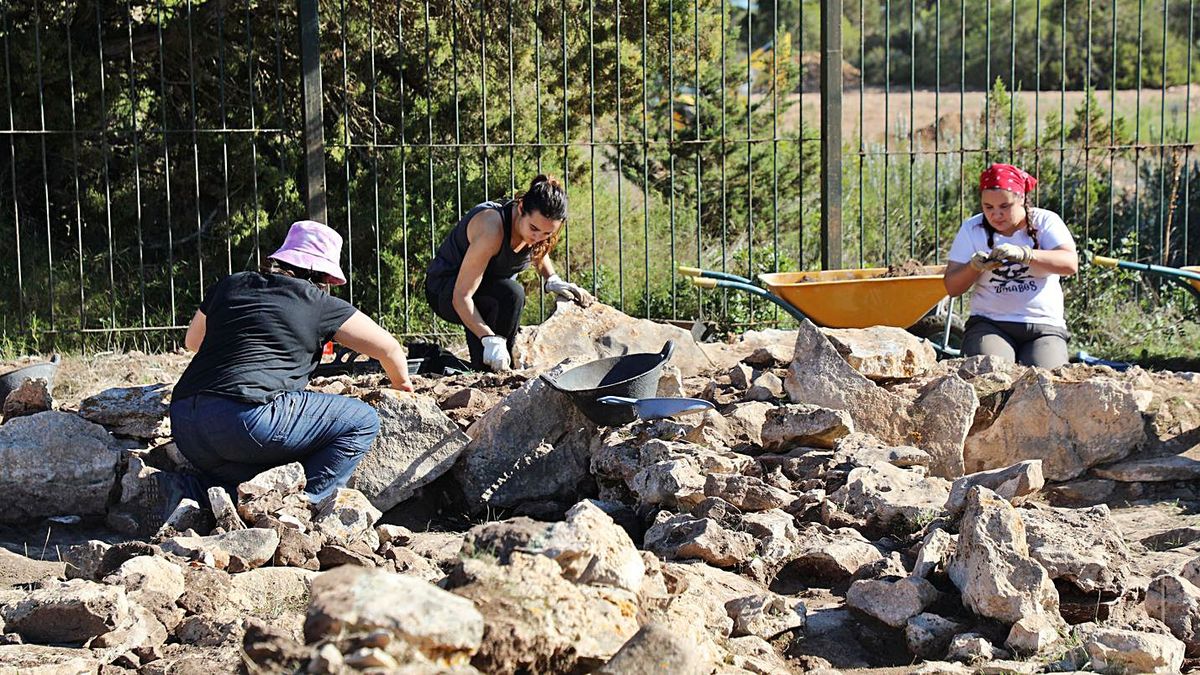
With the passage of the archaeological campaigns carried out since 2012 by this team, grouped in the ArqueoBarbaria project, they also began to excavate, four years ago, cave 127 in La Mola. There they found the remains of three individuals and various objects related to funeral ceremonies.
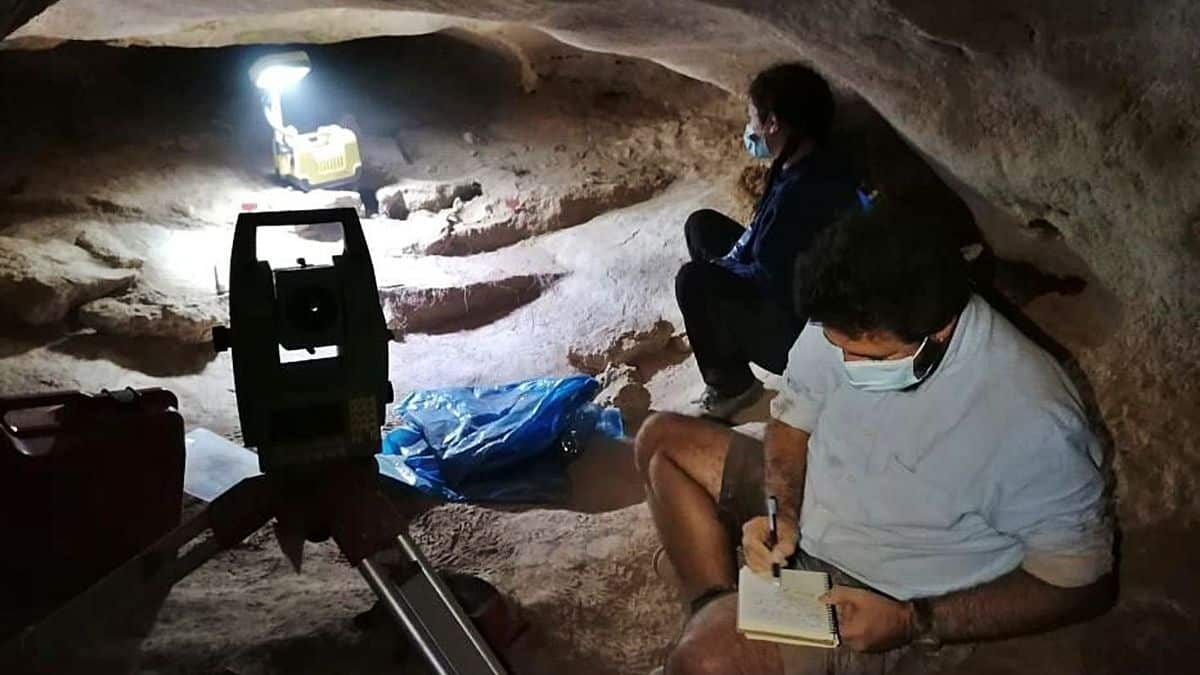
Now, the team led by Pau Sureda (CSIC) and Edgard Camarós (University of Cambridge) is back to the excavation campaign both in the settlement of es Cap II and in cave 127, which they will finish excavating in the coming days. In addition, they have specialists Marian Cueto and Luis Teira, scientists from the International Institute of Prehistoric Research at the University of Cantabria, plus a long list of specialists in different disciplines.
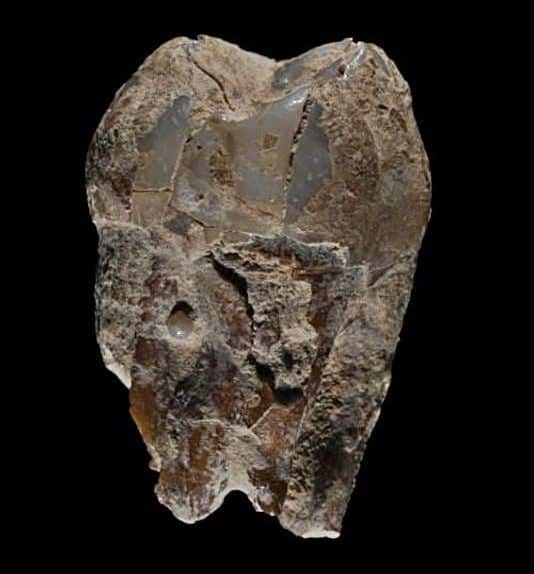
New agreement in the prehistoric settlement es Cap II
From the very beginning all these campaigns have had the support of the Heritage Department of the Formentera Island Council, which this year has signed a new agreement to complete these studies with the Institute of Heritage Sciences, an organisation belonging to the Higher Centre for Scientific Research (CSIC) for which Sureda works.
For the full article, please visit Diario de Ibiza website here.

